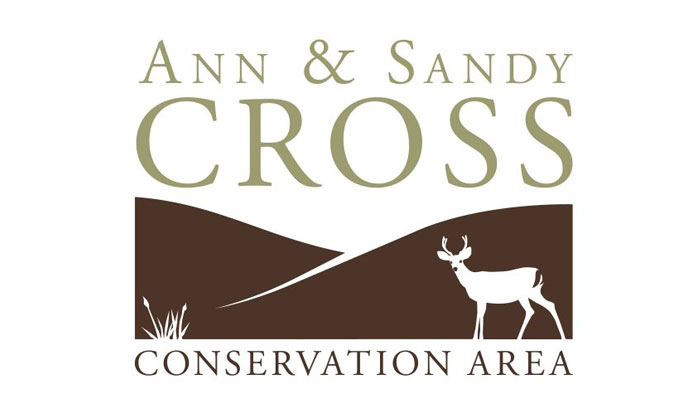A Lesson in Diversity from Planet Earth
Let’s face it, 2021 didn’t exactly start as smoothly in the news as we may have hoped. An intolerance for diversity of opinions and perspectives was showcased in our neighbours to the south and left many feeling uneasy to downright despondent. When the problems of the world rear their ugly heads, I like to look back on the world with an ecological lens to try to help me put things back in perspective. When you do this, you can see that the Earth thrives on diversity, and it even has a special name: biodiversity.
Biodiversity is the term used to describe all the different life found on the Earth; it literally means a variety of living things. It is a huge topic of concern in the environmental world because without biodiversity, ecosystems, those little communities of species and the non-living things found in one place, cease to function properly. By now, most of us are familiar with the term food chain and each species’ reliance on another to survive. In the foothills, the fescue grass takes in the sun’s energy and traps it in its leaves, the grass feeds the snowshoe hare, the hare feeds the lynx. The lynx, when it dies, feeds the carrion beetles, and the beetles give nutrients back to the grass in a lovely circle. If these were the only species and one was removed, every other species would also cease to exist and the ecosystem would collapse. But luckily, nothing is ever that simple.
There is a myriad of other species contributing into this chain in many complex ways. From the microscopic bacteria in the soil, to the shrubs providing shelter to the animals, and the other predators competing for that same food source. This variety is of utmost importance to the health of the ecosystem because change is inevitable. Having diverse species in an ecosystem builds resilience to these changes. If the lynx suddenly disappeared due to disease, the fescue would feel the burden of more hares eating it. However, the booming hare population would attract more predators like owls, and if there is diversity in the lynx gene pool, than those lynxes can move back into the area. When one community member is down, the others move in to fill the gaps to keep the community going. If there wasn’t this biodiversity then the ecosystem would fail. It would seem the Earth is sending a clear message, embrace diversity or run the risk of extinction. We are all in this together.
The Ann & Sandy Cross Conservation Area has seen a surge of users as people seek to find a peaceful escape from the COVID-19 pandemic. It is important to remember when you come to the ASCCA that we were the first Wildlife Habitat Conservation Area to be protected under the Provincial Wildlife Act. To protect our biodiversity users must follow all our Founder’s Area Guidelines found on our website at www.crossconservation.org . You can also follow us on Facebook and Twitter at @ASCConservation.
by Laura Griffin


























